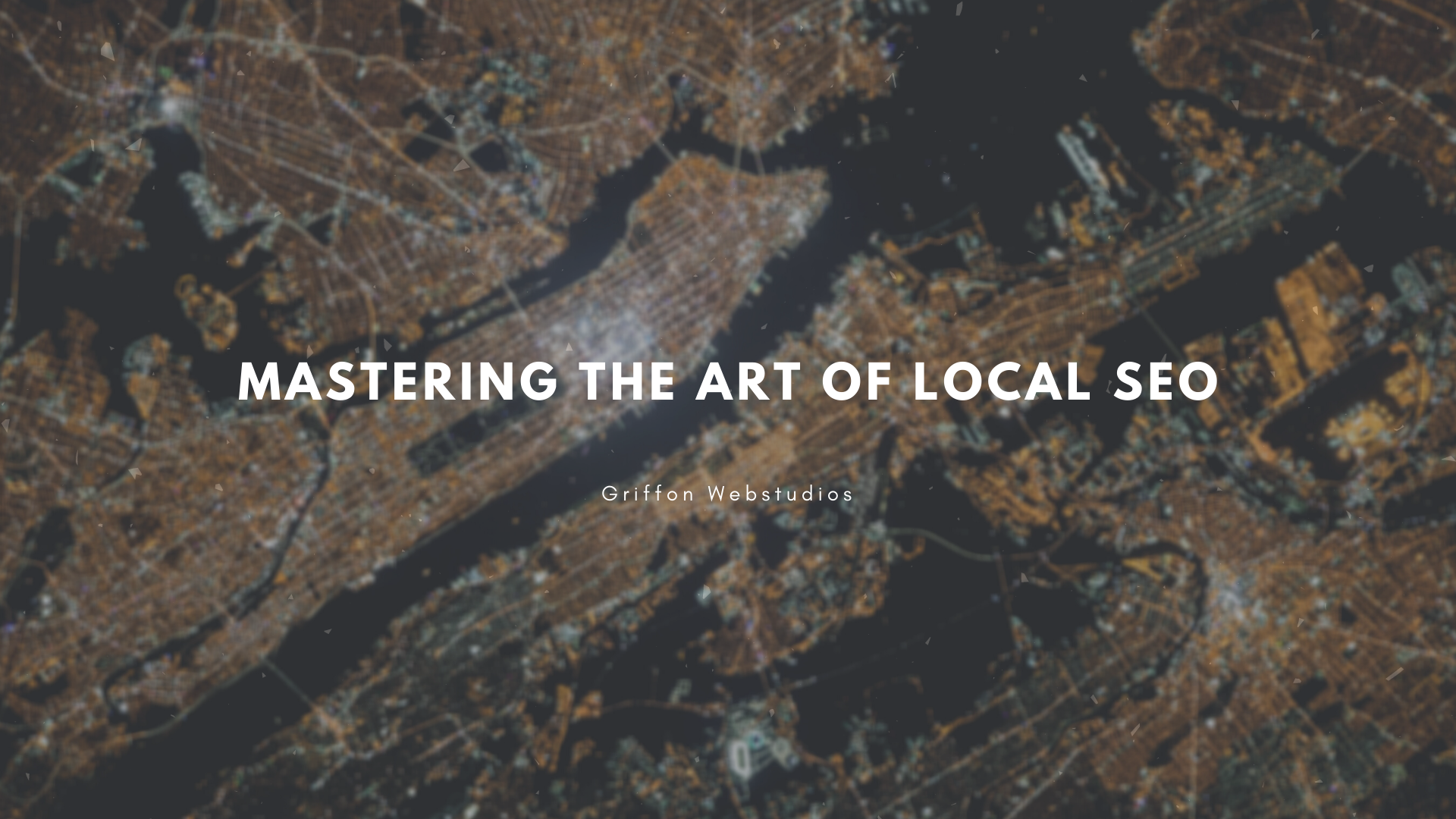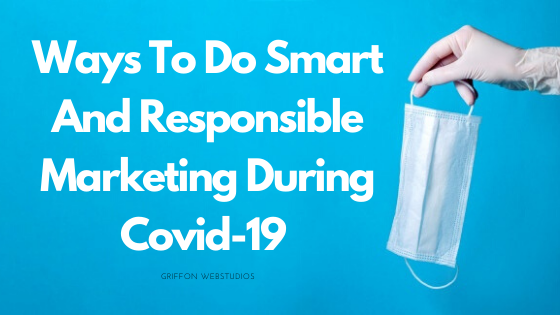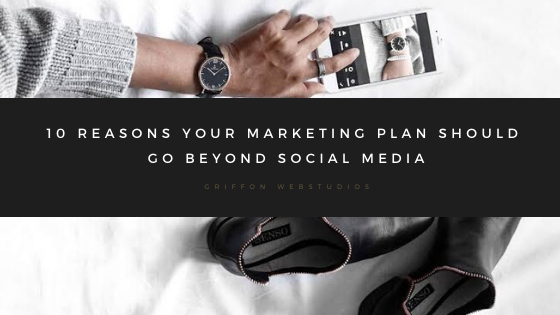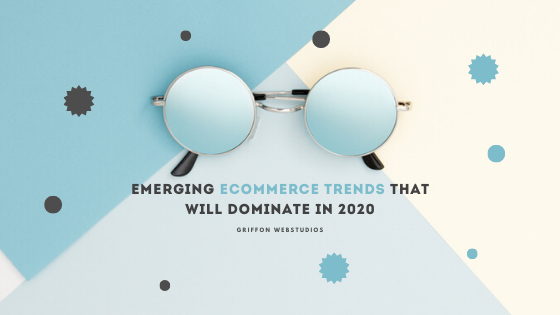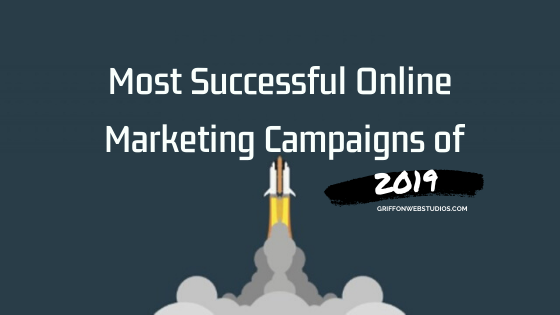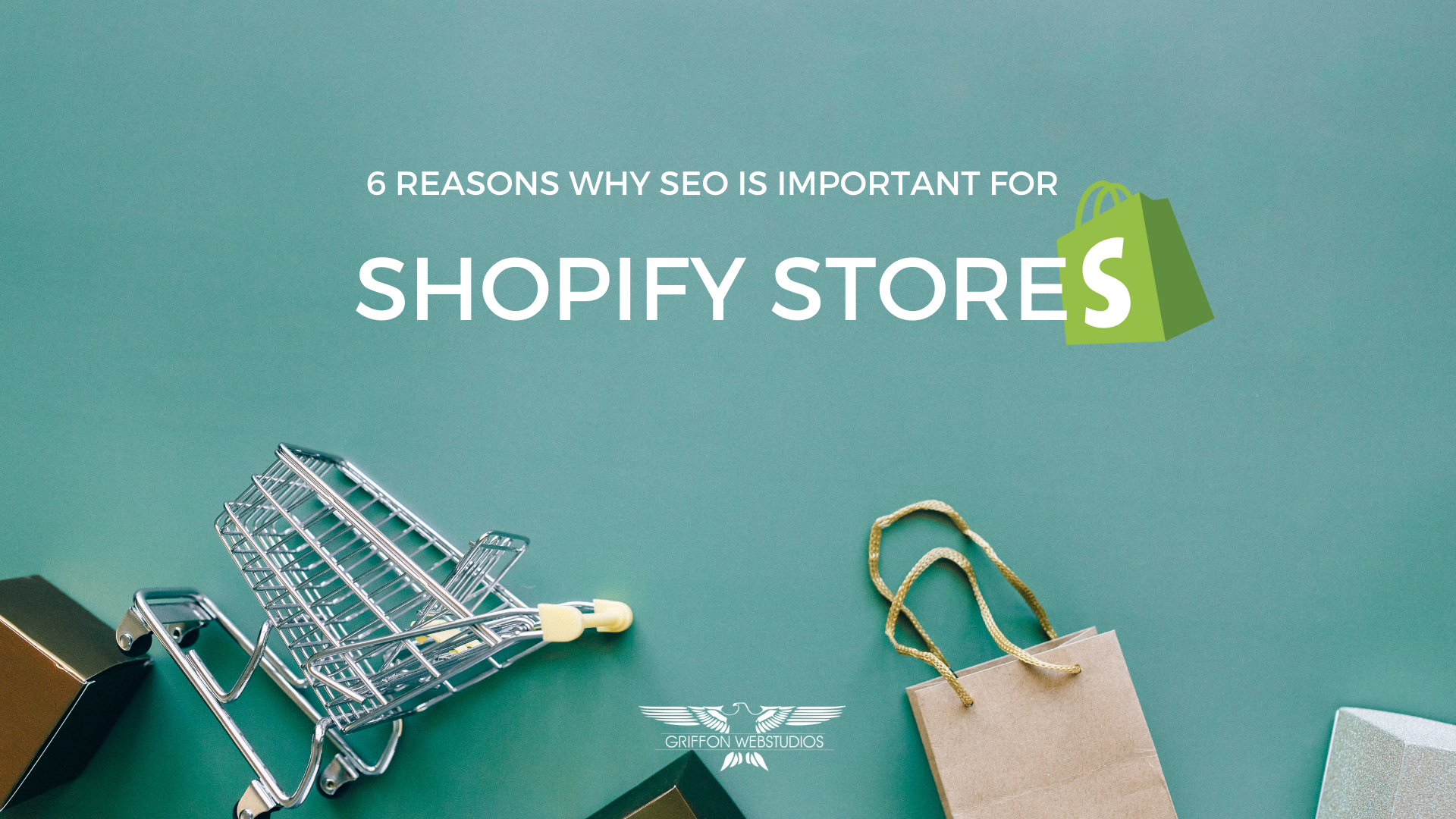
6 Reasons Why SEO Is Important for Shopify Stores
Did you know that almost 80 percent of people ignore search engine ads while browsing Google, Yahoo, Bing, and other search engines? That’s why getting organic SEO traffic is so important. However, it is not the only reason why you need to prioritize SEO. Today, I will review six reasons why SEO is essential for Shopify stores. If you are not yet prioritizing SEO as part of your e-commerce strategy, you need to start sooner rather than later. After reading this article, you should have a pretty good idea of why SEO is essential, even if you are already paying money for paid advertising. Let us get into it. 1. Effective SEO Is Essentially Free Advertising Even if you are earning an excellent ROI on your paid marketing efforts, it still pays to invest in SEO. If your SEO strategy is effective, it is essentially free advertising. Once you get good rankings in the Google search results, you can get free traffic every day, for years, without paying anything extra. On the other hand, you have to constantly keep paying for traffic you get via PPC or social media ads. Even if you end up with a profit when all


